“In the Netherlands one would say you’d own a Koopman not a chess clock“.
Koopman chess clocks were the standard for a good chess clock.
Starting in the mid-thirties the Dutch Company H. Koopman based in Dordrecht, quickly made a name for itself. One unique selling feature apart from the obvious quality of the clocks, was the 1 or 2 year warranty period given for each clock. Sometimes even 3 years were given. Koopman stamped very often at the bottom every clock which makes life for a collector much easier when it comes to dating a clock. One caveat, the period started at the sale date, so older (type) clocks can have a later stamp-date. In cases the warranty stamp is missing, the clock was most likely sold by one of his retailers (and therefore the warranty could not be issued by Koopman). However an Inventory number was stamped at the bottom. Dating such clocks is difficult since the archives of the factory are no longer available to my knowledge.
Koopman opted from the start with the (now standard) two push down button configuration and not with a slide bar which was still popular with some companies , loosely modelled after a HAC clock, which was the standard in the twenties but was quite expensive. Koopman used however clocks from the German HAC (Hamburg America Clock Company-In German: Hamburg America Uhrenfabrik) but the casing and time switching mechanics were his own so he could offer his clocks for less. When I say HAC, I have to say Junghans since the HAC-company merged in the 1930ties with Junghans.
However less than HAC Clocks means still his clocks had a price.
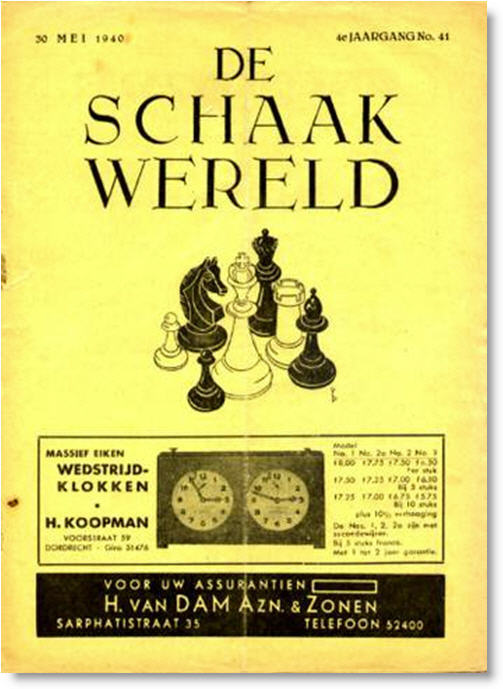
The advert in the magazine “De Schaakwereld” from May 30th 1940, Koopman clocks were offered as follows:

4 Models :No1,2a, 2 (all with second hand) and No3. The most expensive No1. Was offered for 8 guilders and the cheapest (No3) for 6 guilders and 50 cents. Discounts given if 5 or 10 pieces were bought. In those times a skilled laborer made circa 20-24 Guilders a week. A chess clock would mean a third of his weekly income, in a time where it was very difficult to save money. No wonder a Koopman was a prized possession, only a few could afford. Chess clubs were very proud to own a set of Koopman clocks in those days. It meant their club was thriving and having good material to show for it. Also in the advert the clocks are offered with 1 or 2 years warranty.
Timing was fortunate. Max Euwe became the World Champion in 1935 after winning the chess match from Alekhine. Mr. Euwe is thus far the only Dutch world Champion and most likely the last real amateur reaching the summit. His success started an avalanche of new chess clubs in the Netherlands, all in dire need of reliable and sturdy chess clocks. And as coincidence would have it, a Dutch supplier was at hand with a product delivering just that.
In the lower image belonging to the 1935 World Chess Championship that was played between challenger Max Euwe and title-holder Alexander Alekhine, you can see the Max Andrés chess clock. The Max Andrés chess clock looks like the HAC chess clock and early Koopman, but both Max Andrés and Koopman are slightly more simple versions.
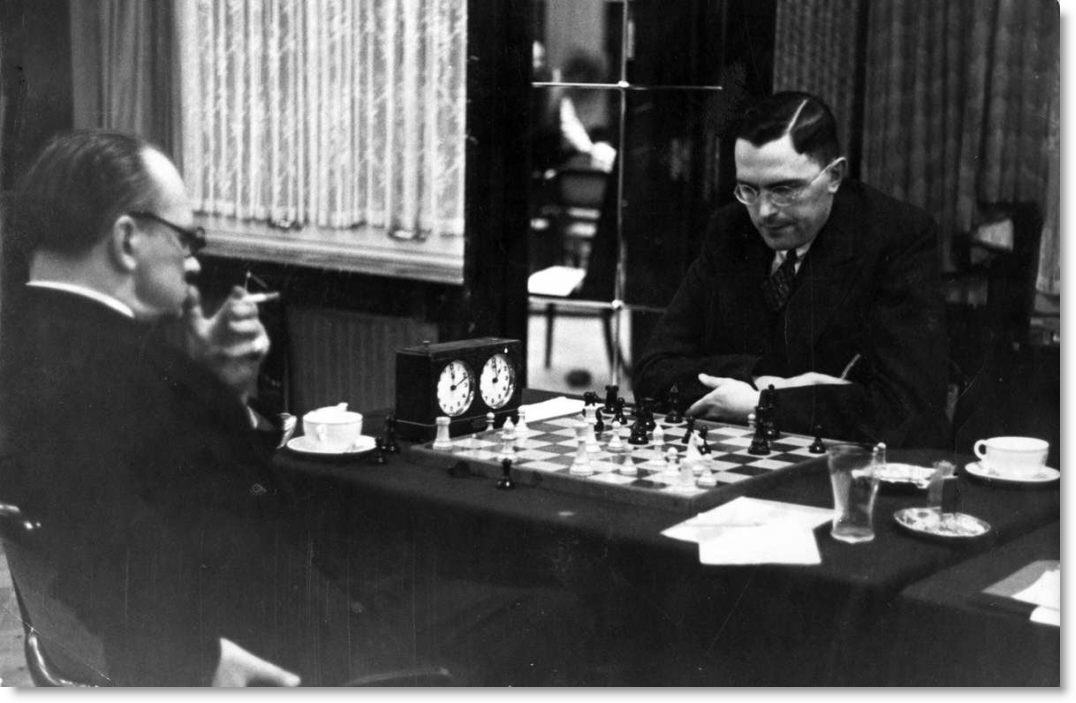
Quality has always been key with Koopman. He used German clocks, mostly from the aforementioned HAC company which merged into Junghans in 1930, before and during the war. (see photo clock 1941 with HAC clock) After the war supply of German clocks was interrupted as well as reduced want for German made products in general. Koopman had to improvise and started using clocks from the Hungarian company Danuvia in 1948 (see picture). But this lasted not very long. Unsatisfied with their quality he also started retailing the beautiful clocks from the Swiss manufacturer Solara In 1949 (see picture 1946 clock with original box) and later returning to German clocks by retailing Jerger clocks (HAC/Junghans was no longer available).(see picture Jerger with Koopman Stamp) These business relationships remained till the sixties . The only addition Koopman did on the Solara’s and the Jerger’s was adding his signature warranty stamp. Also he sold clocks to other Dutch retailers who added their tag on the clock like the Amsterdam based company J. Neef & Zn. A shop specialized in outdoor sports (scouting) and apparently chess paraphernalia. (see picture Koopman clock retailed by Neef)

Left a HAC from 1930’s, right a Koopman from 1941
In the fifties Koopman started with his own models (picture) and even got hold of a patent which improved the visibility of when the flag was about to fall. In the sixties Koopman had earned his reputation on the international market. His clocks where widely used during international chess tournaments. If you look at the photos of the Hoogovens Chess tournament (Now TATA Steel Chess Tournament) you will see Koopman Clocks in abundant numbers being used, Again the reliance, sturdiness and good visibility made these clocks the preferred choice.
Quite a lot of Koopman clocks have patent number 65843 on the clock face. This Dutch patent was submitted on the 22 of June at 24 hrs. by Dr. U.J. Rutgers living in Amsterdam. The patent was published on the 16th of January 1950 and became active starting the 15 of June 1950 and was valid for 20 years (starting from the day of submitting, the patent would expire the 21st of June 1964, given payment of annual duties). The patent seized to exist on the 16 of January 1958 when the patent holder did not pay the required duties. The patent describes a mechanism on the flag together with a scale on the clock face to improve the visibility of the progress in time (to when the flag falls)

A 1948 Danuvia Chess Clock retailed by Koopman
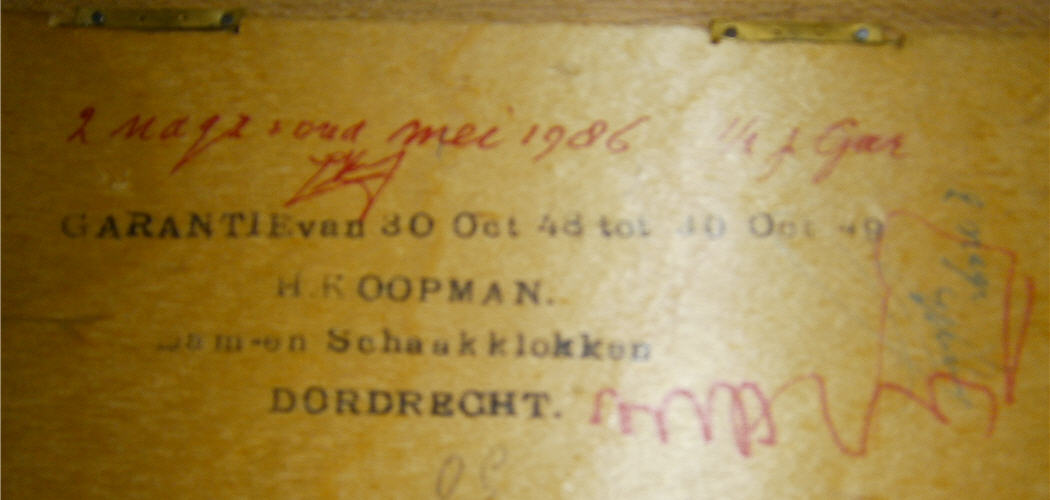
Backside of the Danuvia Chess Clock with a Warranty Stamp by Koopman
Although the patent expired in 1958, a lot of clocks were produced with the patent number after that period. We can only speculate why this was done. It could be contractual obligations to the inventor or that Mr. Koopman, a prudent salesman, found it alluring to mention the patent or that more dials with the imprint were bought than sold after the patent ran out. After all, the number on the clock face was just a number and the scale was indeed an added bonus. In those days patent research without the help of the internet was much harder and time consuming. It certainly did give the clock more standing, having a special visible feature (a patent!) which other manufacturers did not offer.
One conundrum has to be mentioned. There are clocks with on the Dial a spelling error where Koopman is spelled KoopmaNN. We could theorize why this was done. I have found the error only on a special clock type where the second hand is not a normal second hand but a disk alternating between red and white.. I think, since Koopman sourced his clocks from Germany the spelling of his name was accidentally Germanized. Being a prudent salesman he carried on (and may be got a reduced price). The quality of the clocks was not affected.
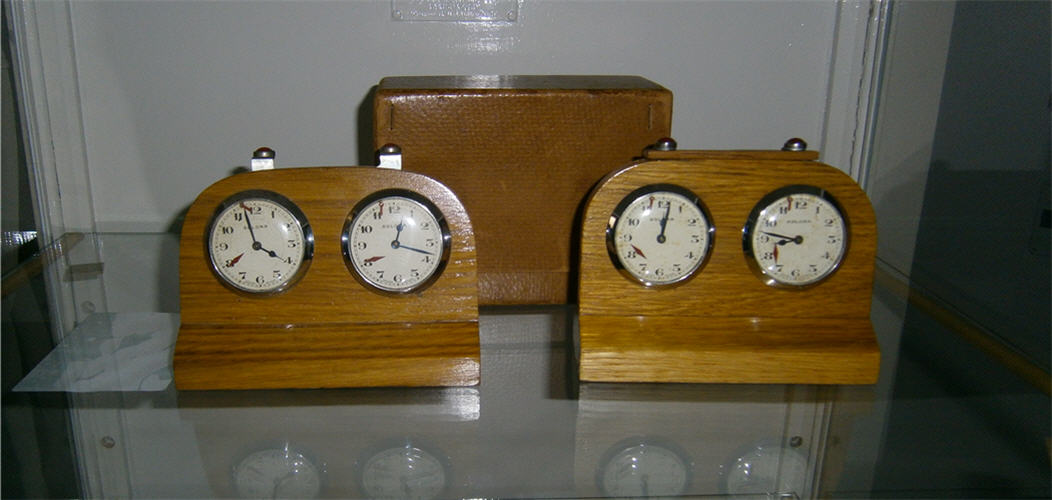
Two Solora Chess Clock from 1949
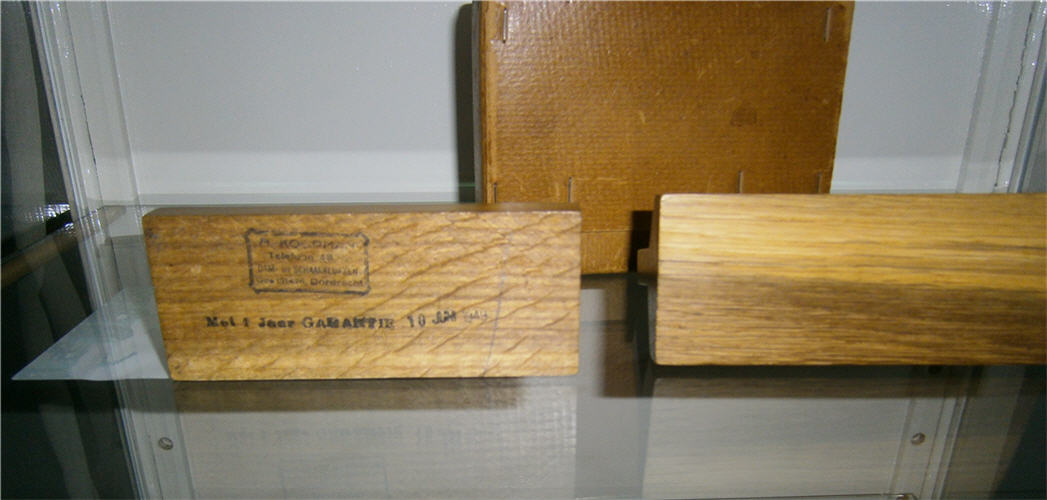
The bottom of both with a warranty stamp on the left
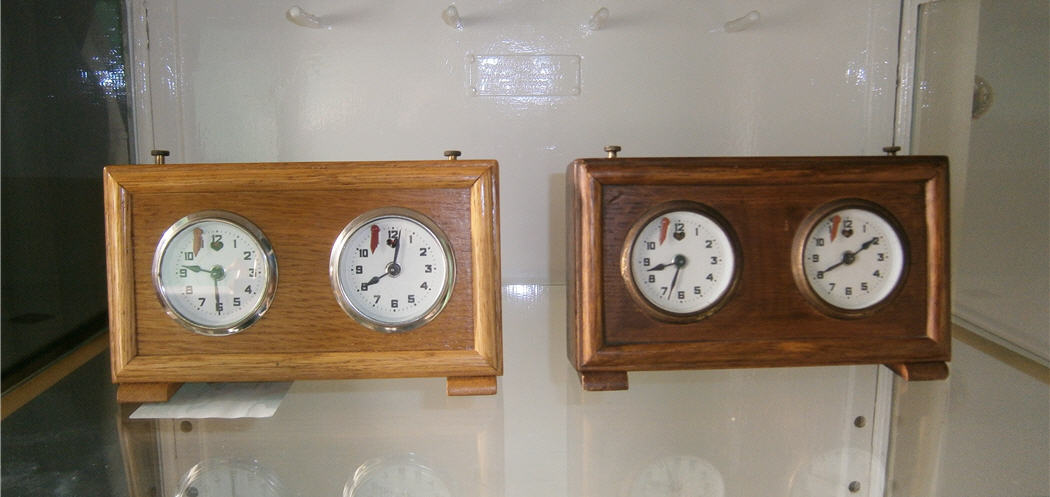
Two Jerger retailed by Koopman, both from the early of sixties (1961/1962)
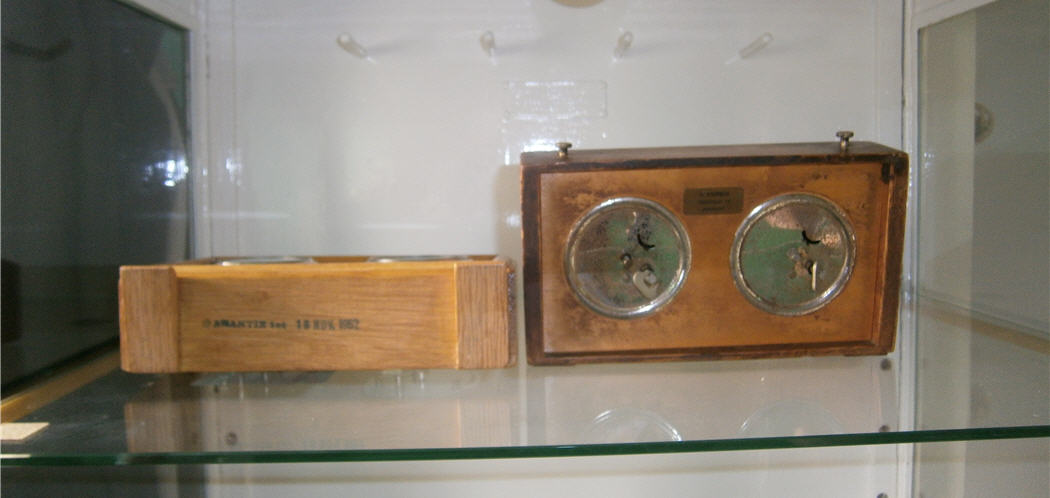
The left one with stamp, the right one with sticker (and stamp at the bottom)

Koopman clock with only the Patent number (retailed by NEEFS, see next picture)

Retailed by NEEF’s, a retailer from Amsterdam
After the death of Mr. Koopman in 1992, the company folded. The oldest reference found is a stamp on a clock dated December 10th 1934. So, after almost 58 years of production, an era came to an end. Koopman clocks will always be remembered as reliable, solid and pleasing to the eye. World-wide, fans are collecting these clocks and who can blame them? They look the part. For definitive proof see below for some nice examples.

Five Koopman chess clocks from 1950 -1960
